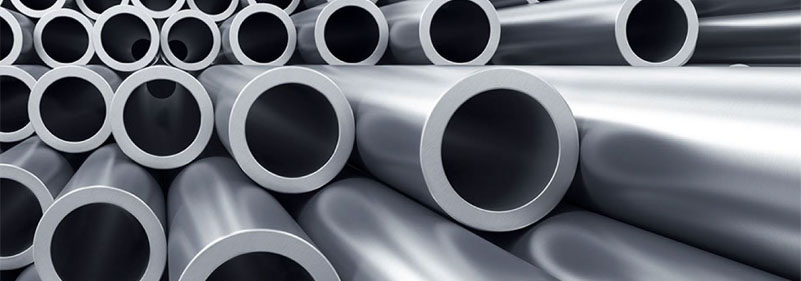Effect of Carbon, Chromium and Nickel on Microstructure and Properties of Austenitic Stainless Steel
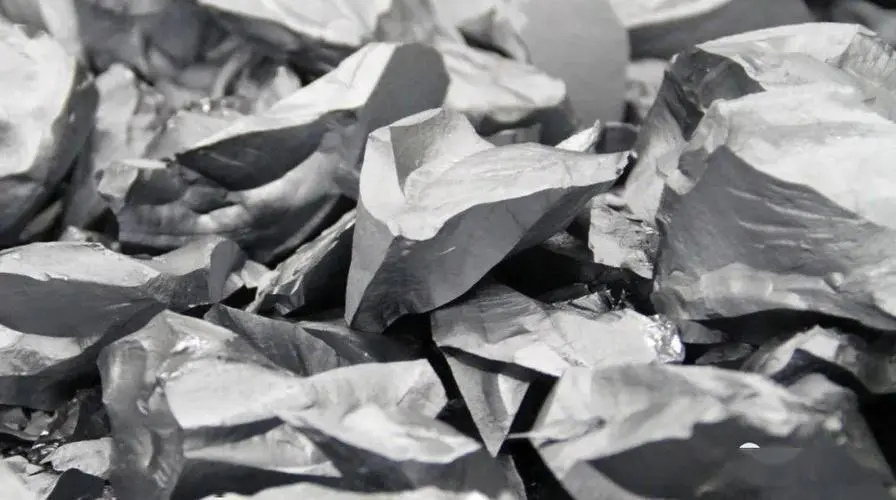
Carbon
Carbon in austenitic stainless steel is an element that strongly stabilizes austenite and expands the austenite zone. The carbon gap is dissolved in austenite, and the strength of austenite can be significantly improved through solution strengthening. However, carbon is often regarded as a harmful element in austenite, which is mainly because it may lead to local chromium depletion in some use or processing processes, which will reduce the corrosion resistance of steel, especially the intergranular corrosion resistance. Carbon also increases the pitting tendency of Cr Ni austenitic stainless steel.
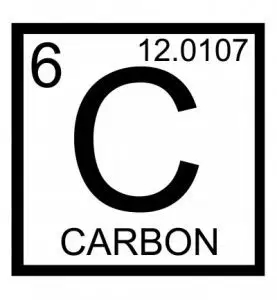
Chromium
Chromium is the main alloying element in austenitic stainless steel. Under the action of medium, chromium can promote the passivation of steel to make it rust free and corrosion resistant. The increase of chromium content in austenitic stainless steel will reduce the martensite transformation temperature Ms, thus improving the stability of austenite. Therefore, it is difficult for high chromium austenitic stainless steel with chromium content more than 20% to have martensite structure even after cold working and low temperature treatment.
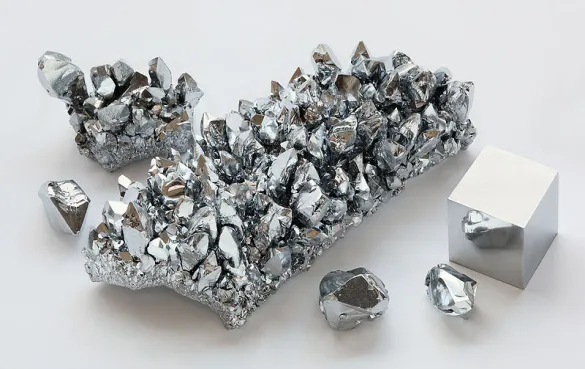
Generally speaking, as long as the austenitic stainless steel maintains a complete austenitic structure without the formation of ferrite, only increasing the chromium content will not have a significant impact on the mechanical properties of the steel. The corrosion resistance of austenitic stainless steel is most affected by chromium;
Nickel
The main role of nickel in austenitic stainless steel is to form and stabilize austenite to obtain complete austenite structure, so that the steel has a good combination of strength, plasticity, toughness and a series of excellent technological properties. Nickel is an element that strongly forms and stabilizes austenite and expands the austenite phase zone. With the increase of nickel content, the residual ferrite in austenitic stainless steel can be completely eliminated and significantly reduced σ The tendency of phase formation.
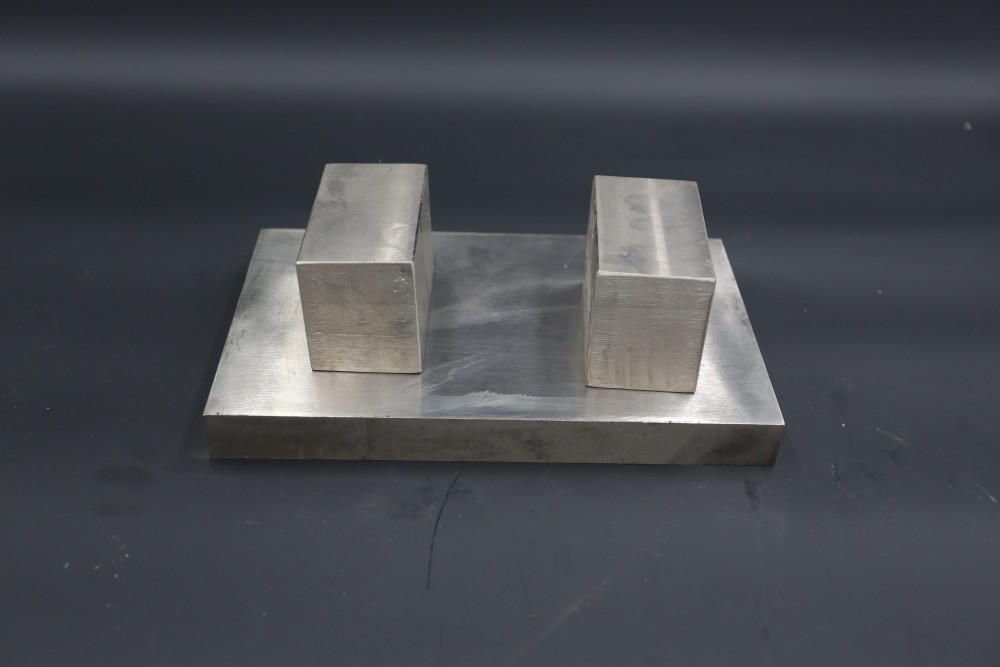
The effect of nickel on the mechanical properties of austenitic stainless steel is mainly determined by the effect of nickel on the stability of austenite. In the range of nickel content in steel where martensitic transformation can occur, with the increase of nickel content, the strength of steel decreases and the plasticity increases due to the decrease of martensite content.

 English
English 中 文
中 文 Español
Español Português
Português Deutsch
Deutsch Türk
Türk Pусский
Pусский عربي
عربي 한국인
한국인 日本語
日本語